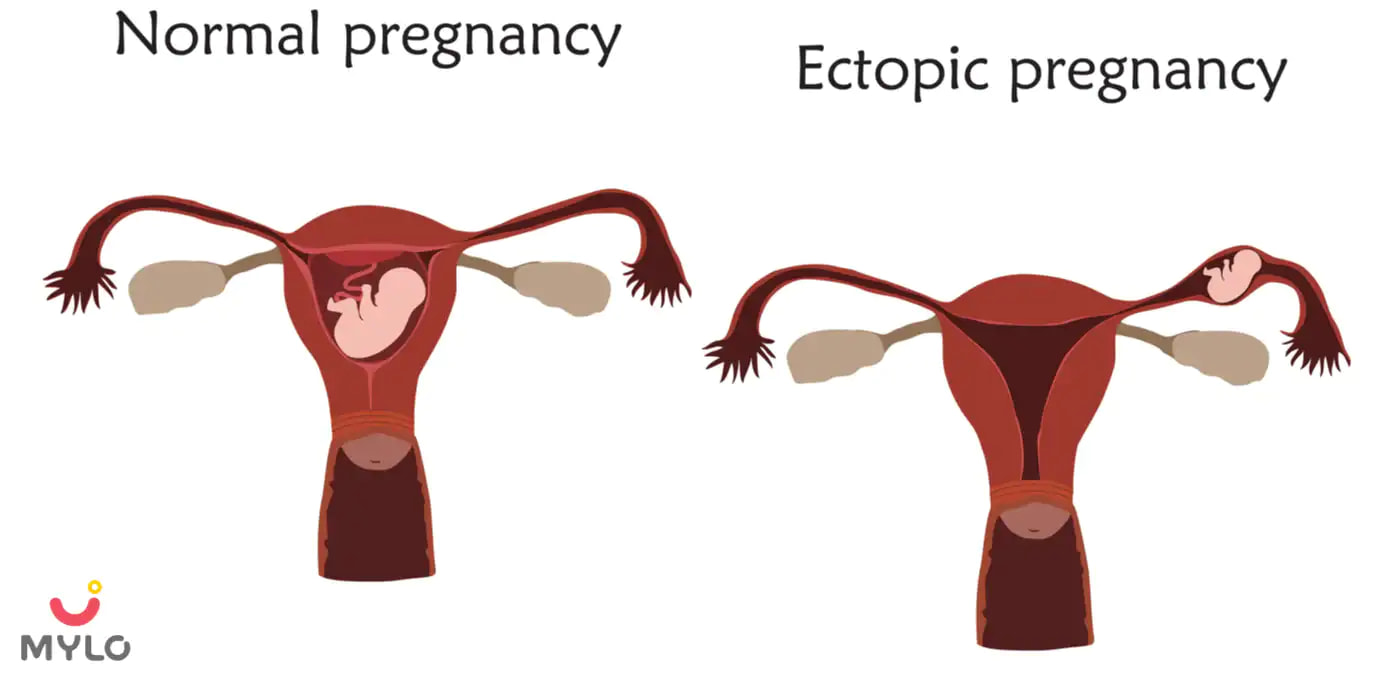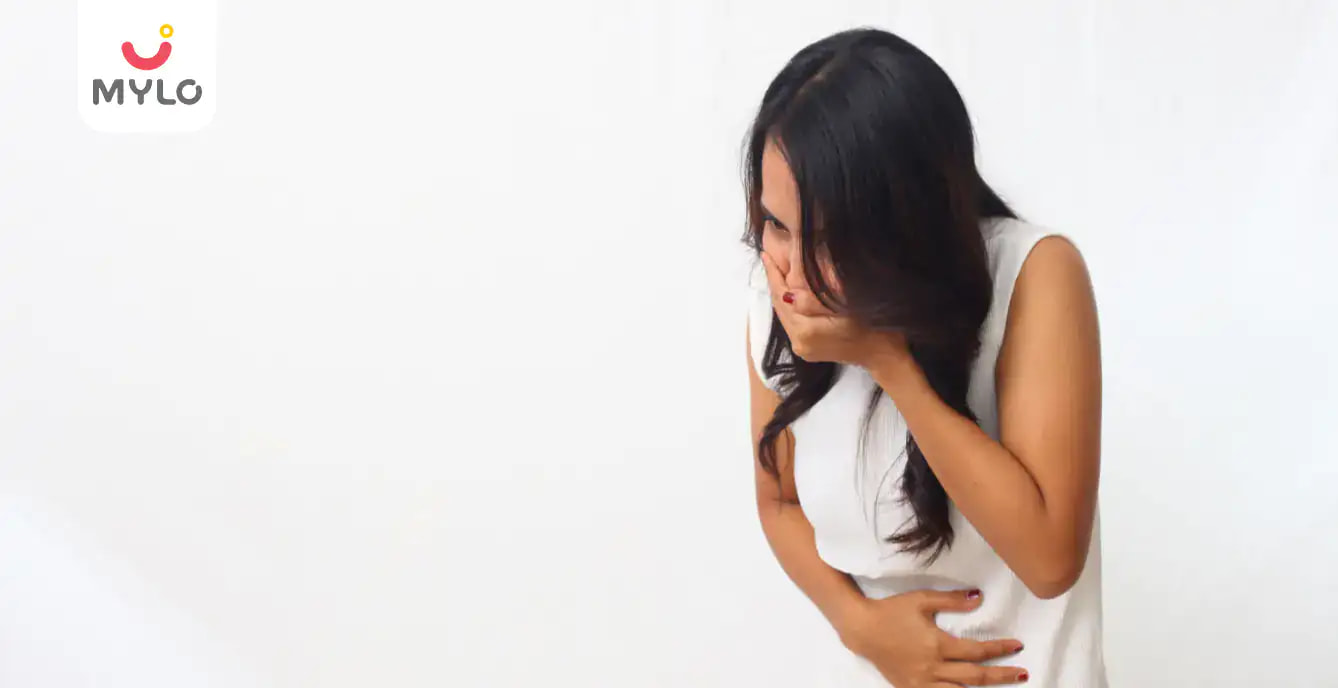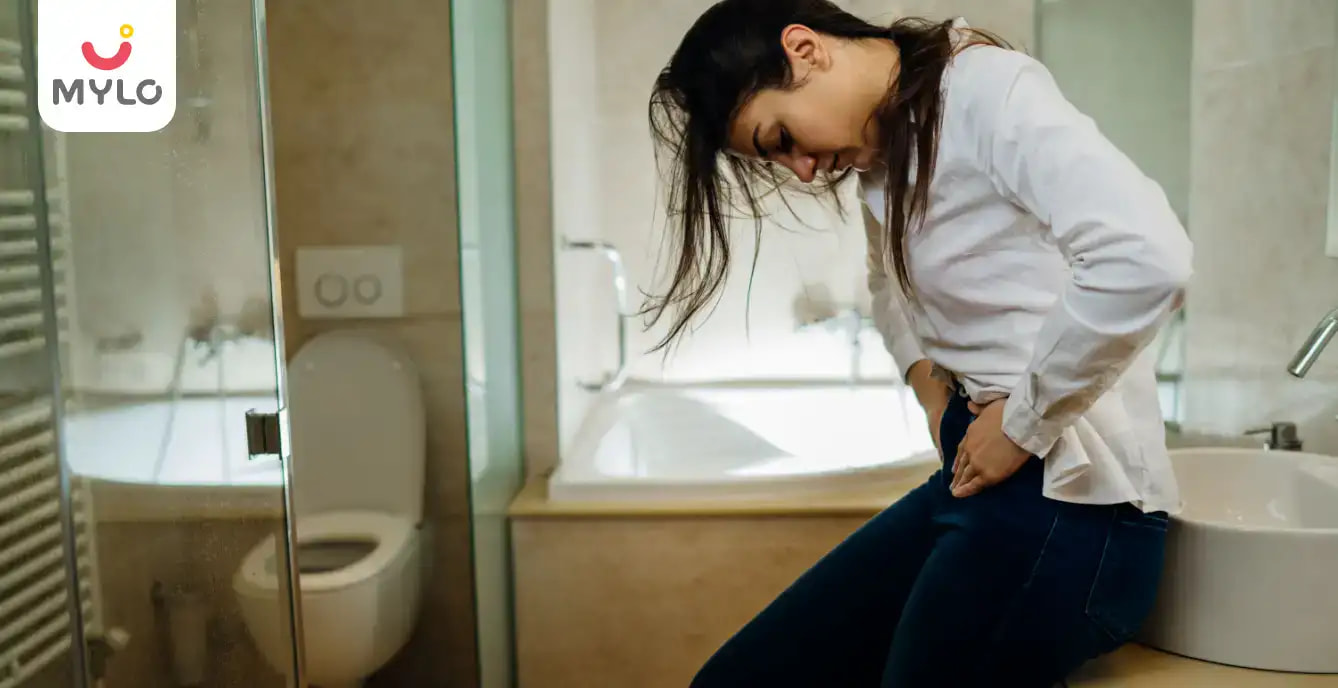Home

Things You Need to Know About Endometriosis Cyst and Pregnancy
In this Article
Pregnancy
Things You Need to Know About Endometriosis Cyst and Pregnancy
Updated on 29 November 2022
Endometriosis is a disorder, wherein endometrium, a tissue similar to what lines the uterus, grows in locations outside the uterus. It can damage, block or irritate organs like the uterus, fallopian tubes and ovaries, making it difficult for women to get or stay pregnant. It affects 5-10% of women in their reproductive years. Let us understand more about endometriosis cyst and pregnancy.
What is endometriosis?
Endometriosis is a chronic condition that affects women in their reproductive years. When endometriosis occurs, the endometrium tissue (similar to the tissue that lines the uterus) grows outside the uterus and affects organs like the uterus, fallopian tubes and ovaries. This can cause pelvic pain, extremely painful periods, and problems with fertility and pregnancy.
What are the signs and symptoms of endometriosis?
It’s possible for women to have endometriosis and not experience these symptoms but the typical signs and symptoms of endometriosis include:
• Painful menstruation
• Painful intercourse
• Painful urination
• Painful defecation
• Low back or abdominal pain
• Chronic pelvic pain for 6 months or more
• Infertility
Any or all of these symptoms may also be due to causes other than endometriosis.
What causes endometriosis?
Doctors and scientists still don’t have a complete understanding of endometriosis or why it happens. But there are certain factors that can increase the risk of endometriosis:
-
Genetics: If you have a family history i.e., your mother or sister has endometriosis, then you may have it too.
-
Anatomy: In case of any defect in your uterus or fallopian tube or your uterus and vagina being shaped in a way they block your menstrual flow.
-
Beginning of the menstruation cycle: If you had your first period before the age of 11, you may be at a higher risk of endometriosis.
How may endometriosis impact a woman's fertility?
Women who have endometriosis may find it more difficult to become and stay pregnant. The scar tissue may block your fallopian tubes, preventing egg and sperm from meeting. The good news is that several women with endometriosis are able to conceive, but it may take them longer than usual. Pregnancy with endometriosis is a possibility with in vitro fertilization (IVF) but success rates may be low.
What impact might endometriosis have on pregnancy?
Women with endometriosis can have different experiences during pregnancy. Some women may benefit from the temporary break on painful periods and heavy menstrual bleeding, which is characteristic of endometriosis. The increased levels of progesterone during pregnancy may also suppress and shrink endometrial growth and provide brief relief.
Other women, however, may find their endometriosis to worsen during pregnancy. As the uterus expands and makes room for the growing baby, it may pull and stretch the misplaced endometrium. This can lead to discomfort and the increased estrogen can lead to endometrial growth.
The dangers and challenges of endometriosis during pregnancy
Pregnancy with endometriosis can increase your risk of complications during pregnancy and delivery. You may be a higher risk of the following conditions during pregnancy:
1. Miscarriage
Women with endometriosis are at a higher risk of experiencing miscarriage during pregnancy. Although there is little you can do to prevent the miscarriage, knowing the signs can help you get early help. If you’re less than 12 weeks pregnant, miscarriage may resemble a period and result in bleeding, cramping and lower back pain. Additionally, you may notice the passing of some tissue. Symptoms after 12 weeks are similar but might be more severe.
2. Placenta Previa
During pregnancy, the placenta helps to provide oxygen and nourishment to the growing baby. While most placentas attach to the uterine wall, in some cases they may be closer or directly on the cervix opening. This is known as placenta previa, which can increase your risk of severe bleeding and placenta abruption. Women with endometriosis may be at an increased risk of placenta previa and may experience bright red vaginal bleeding.
3. Preterm Birth
A preterm birth occurs when the baby is born before 37 weeks of gestation. Women with endometriosis are at a higher risk of delivering preterm. Premature babies tend to have low birth weight and may experience health or developmental problems. Symptoms of early labor include regular contractions, bloody vaginal discharge and pressure in the pelvis.
Can endometriosis be prevented?
Endometriosis is not usually a condition that can be prevented. You may reduce your risk of developing the condition by minimizing certain factors. If you have a family history of endometriosis, you can consult a doctor about your risk of developing the condition. Other factors that may reduce your risk of endometriosis are:
-
Pregnancy
-
Breastfeeding
-
Maintaining a healthy weight & lifestyle
Closing Thoughts
Becoming pregnant and delivering a healthy baby are possible and common with endometriosis. Having an endometriosis cyst and pregnancy together may result in problems with conception and a higher risk of complications during pregnancy. But instead of worrying, you should speak to your doctor and have more frequent monitoring throughout your pregnancy.


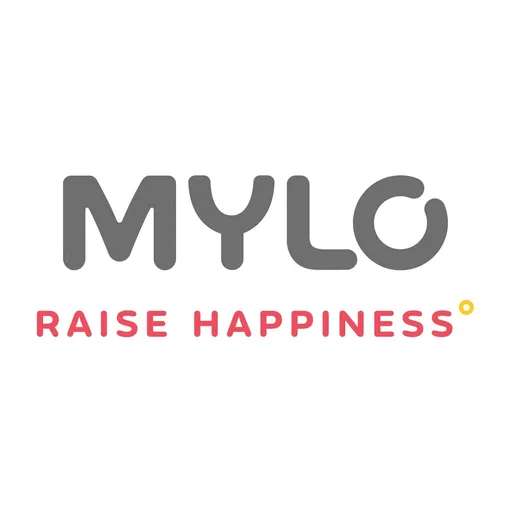
Written by
Mylo Editor
Official account of Mylo Editor
Read MoreGet baby's diet chart, and growth tips

Related Articles
Related Topics
RECENTLY PUBLISHED ARTICLES
our most recent articles
Celebrate Breast Feeding Week
How to Stop Breastfeeding?

Food Cravings
PICA in Pregnancy: Causes, Effects & Treatment
Walking
Signs That Your Baby Will Walk Soon

Stretch Marks
Mylo Stretch Marks Oil Review
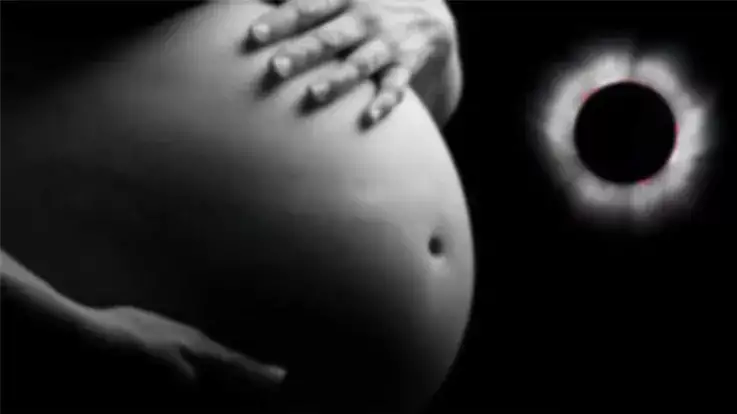
Eclipse
Can Eclipses Be Harmful to You or Your Baby During Pregnancy?

Diet & Nutrition
10 Best Healthy & Refreshing Homemade Pregnancy Drinks
- 5 Natural Ways To Get Glowing Skin At Home
- Top 10 Horror Movies On Hotstar
- Temper Tantrums: Meaning and How to Manage
- Top 10 most popular Hollywood movies of 2022
- Is Baby Ready for Solid Foods? (Developmental Signs of Readiness)
- Which Is Better For You: IUI Or IVF?
- Are you wondering how to deal with infertility sadness? Here are 8 important tips that will help you out.
- Travel Tips to Follow During The First Trimester of Your Pregnancy
- Top 7 Diet Tips to Control Your Sugar Levels During Pregnancy
- Best Action Movies On Amazon Prime
- How can a pregnant woman get 6000?
- What Are the Common Tests You Will Have During Your Pregnancy?
- 4 week pregnancy discharge
- Frequently asked questions about milk production


AWARDS AND RECOGNITION

Mylo wins Forbes D2C Disruptor award

Mylo wins The Economic Times Promising Brands 2022
AS SEEN IN
















- Mylo Care: Effective and science-backed personal care and wellness solutions for a joyful you.
- Mylo Baby: Science-backed, gentle and effective personal care & hygiene range for your little one.
- Mylo Community: Trusted and empathetic community of 10mn+ parents and experts.
Product Categories
baby carrier | baby soap | baby wipes | stretch marks cream | baby cream | baby shampoo | baby massage oil | baby hair oil | stretch marks oil | baby body wash | baby powder | baby lotion | diaper rash cream | newborn diapers | teether | baby kajal | baby diapers | cloth diapers |



